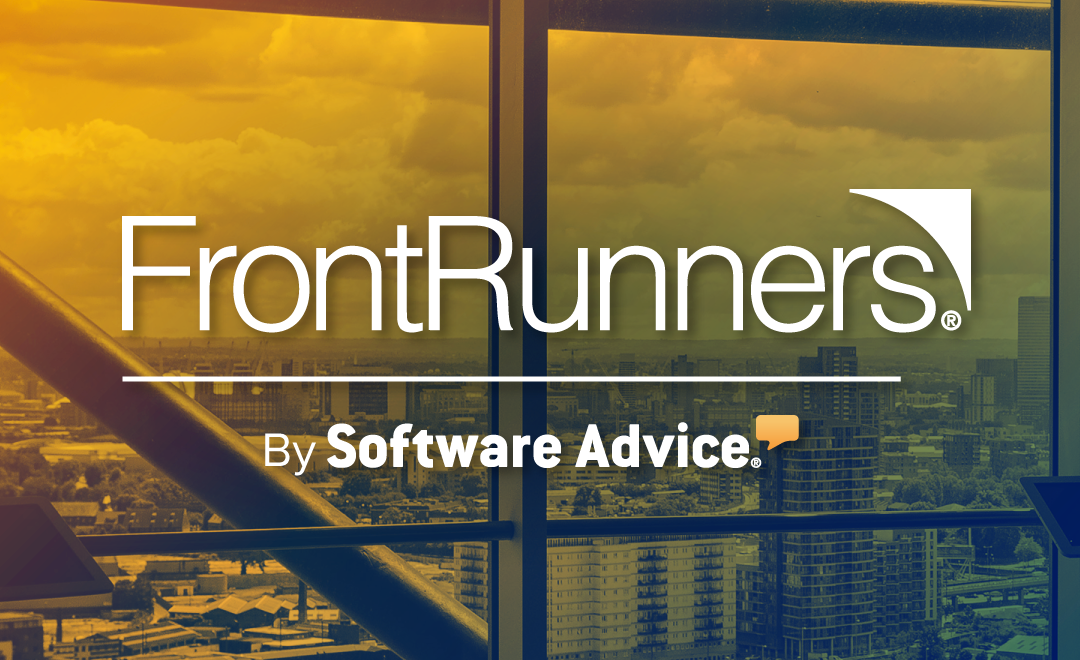5 Tips to Know About Applicant Tracking Systems Looking for an applicant tracking solution that can simplify your HR experience? With the right ATS, you can analyze, track, and strategize your talent acquisition processes better. Expect more than a system that helps...
The Applicant Manager Blog
Subscribe to Email Updates
Search
Recent Posts
5 Strategies to Effective Recruiting in a Candidate Driven Market
This is part five of our five-part series about effective recruiting in a candidate driven market.
By: Edna Nakamoto and Jessica Barrett
 This week wraps up our five-part series on recruiting in a candidate driven market. We’ve covered strategic planning and determining need, and internal and external recruiting. In our previous installment, we looked at external assessment tools. As promised, today we’ll be talking about the final step in the recruiting process: Making the Final Selection.
This week wraps up our five-part series on recruiting in a candidate driven market. We’ve covered strategic planning and determining need, and internal and external recruiting. In our previous installment, we looked at external assessment tools. As promised, today we’ll be talking about the final step in the recruiting process: Making the Final Selection.
Making the Final Selection
There is one key thing that that should happen even before the prescreening process begins, and that is for you to remember that you are the expert on market conditions. It is your job to educate your hiring managers on what is going on within the landscape of a candidate-driven marketplace. Don’t expect them to already be aware of that, especially those managers who rarely do any hiring. This will make the expectations going in to the interview process clear, and the process that much smoother.
Preparing for the Interview
It’s critical to be timely as you move through the interview process. Many of your candidates are also interviewing with other companies at the same time, and you’ll want to be ready to extend an offer as soon as possible. However, keep in mind that your Time-to-Fill (TTF) metrics are less important than making a bad hire. Bringing on a new associate who isn’t the right fit will cost your company time and money. If leaving that position open for too long is simply not an option, consider hiring a temporary or contract employee until a permanent fit is found. Additionally, never hire someone you’re not in the position to properly train and guide correctly, especially within their first six months as they are still deciding whether or not they’ve made the right choice to join your company.
 Now that it’s time to begin conducting your final face-to-face interviews, you’ll need to assemble a team of interviewers made up of key decision makers. This should be the hiring manager, their manager, and one to three other peers who will engage with this candidate often, and have a vested interest in how they will perform. Too few decision makers aren’t enough for a strong decision, but neither are too many, and the process could become unnecessarily drawn out. For full day interviews, consider asking someone who would be their peer to take them to lunch or to give them a property tour. This gives your candidate an opportunity to ask questions about what the job is like from someone who does something similar.
Now that it’s time to begin conducting your final face-to-face interviews, you’ll need to assemble a team of interviewers made up of key decision makers. This should be the hiring manager, their manager, and one to three other peers who will engage with this candidate often, and have a vested interest in how they will perform. Too few decision makers aren’t enough for a strong decision, but neither are too many, and the process could become unnecessarily drawn out. For full day interviews, consider asking someone who would be their peer to take them to lunch or to give them a property tour. This gives your candidate an opportunity to ask questions about what the job is like from someone who does something similar.
Before you began the recruiting process, you and the hiring manager should have clarified exactly what you were looking for in your ideal candidate. It’s usually a good idea to go over those details with the interview team as well to ensure that everyone is on the same page.
Conducting the Interview
 You will need to have standard, structured interview questions well prepared before the interview process begins. These questions will need to be based off of the core competencies listed on the job description. It’s imperative that the interview team sticks with these questions, and that the interviews are scored accordingly. Remember that your interview notes become a legal document, and each interview should be consistent with the others. If you have ever been faced with a discrimination charge, you know how important this is. If you are comparing your applicants’ ability to do the job, the only way to do this is to give all applicants equal opportunity to provide you with information. If you have chosen to use psychometric or simulation assessments, you’ll need to work those into your interview process as well.
You will need to have standard, structured interview questions well prepared before the interview process begins. These questions will need to be based off of the core competencies listed on the job description. It’s imperative that the interview team sticks with these questions, and that the interviews are scored accordingly. Remember that your interview notes become a legal document, and each interview should be consistent with the others. If you have ever been faced with a discrimination charge, you know how important this is. If you are comparing your applicants’ ability to do the job, the only way to do this is to give all applicants equal opportunity to provide you with information. If you have chosen to use psychometric or simulation assessments, you’ll need to work those into your interview process as well.
After the interviews are concluded, schedule time to debrief with the interview team to discuss each of the candidates. These conversations are critical to making a smart decision in a timely manner. There are a few important things you’ll want to keep in mind while you’re doing this.
- Sometimes the candidates most recently interviewed will “stick out” in the minds of the interviewers, simply because the conversations are fresh. This doesn’t mean they’re the right fit. Always refer to the scores and the notes. Using this, interviewers can provide feedback immediately to specific questions relevant to the job.
- Watch out for the “Halo Effect”. This is where there is one thing someone really likes about a candidate is made too important, wrongly discounts other sometimes negative attributes, or causes you to ignore all other requirements of the job.
- The inverse of that is the “Horns Effect”, wherein one thing someone doesn’t like is made too important and the interviewer is trying to discount the candidate all together.
- As much as we hate to admit it, sometimes people are simply drawn to someone because they remind them of themselves. This is the “Cloning Effect”, and it doesn’t necessarily make someone a great hire.
- Be careful that a candidate isn’t given too much credit because they were referred by an outstanding performer, or a relative. The candidate needs to be able to stand on their own.
- There are likable people, or people that you just want to help, who are a terrible fit. Be careful to distinguish between the two.
Making the Offer
 Depending on how long you’ve been trying to fill a role, you can feel anxious about making an offer and getting someone started. Don’t make the mistake of putting someone who did well in the interview process in the wrong position if they came out of the process clearly being a fit for something else. It’s better to hang on to that candidate for a future opportunity than to place them where they won’t thrive, or be able to contribute effectively.
Depending on how long you’ve been trying to fill a role, you can feel anxious about making an offer and getting someone started. Don’t make the mistake of putting someone who did well in the interview process in the wrong position if they came out of the process clearly being a fit for something else. It’s better to hang on to that candidate for a future opportunity than to place them where they won’t thrive, or be able to contribute effectively.
You should have your candidate pool down to your first choice, and hopefully a second. Be sure that your second choice is still a candidate you’re confident in. Now it’s time to draft an offer. Hopefully you discussed the salary range for the position back in the prescreening stage so that you already know that the candidate is comfortable and will be in the position to negotiate something mutually agreeable.
The candidate is selling themselves throughout the interview process, but you are also selling them on why they should want to work for you, especially when you are making the offer and especially in today’s market. Make sure that you have really listened to what it is the candidate is looking for out of their next career move, and upsell the ways that you can offer that to them.
Be clear about what your candidate could expect throughout the next few weeks. What the next steps in the process would look like (background/credit/reference checks, drug testing, etc.), what onboarding and orientation will consist of, your overall training process, and what their first 30-60-90 days will be like.
In a candidate-driven market, recruiting takes time but the results are critical. If you are looking for assistance with your recruiting tools, strategies or processes, please contact The Applicant Manager for information.
Thank you for joining us for this five-part series on recruiting in a candidate-driven market. By following these steps, utilizing these processes, and working with these tools, you are on your way to finding the best candidates to help your company grow and thrive.


